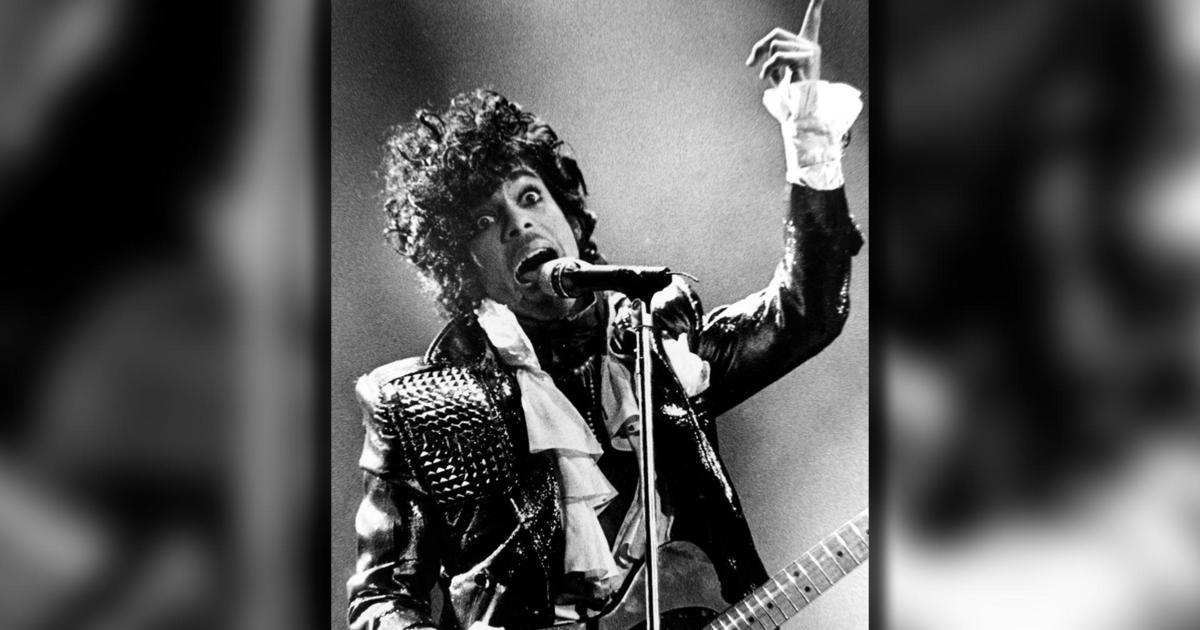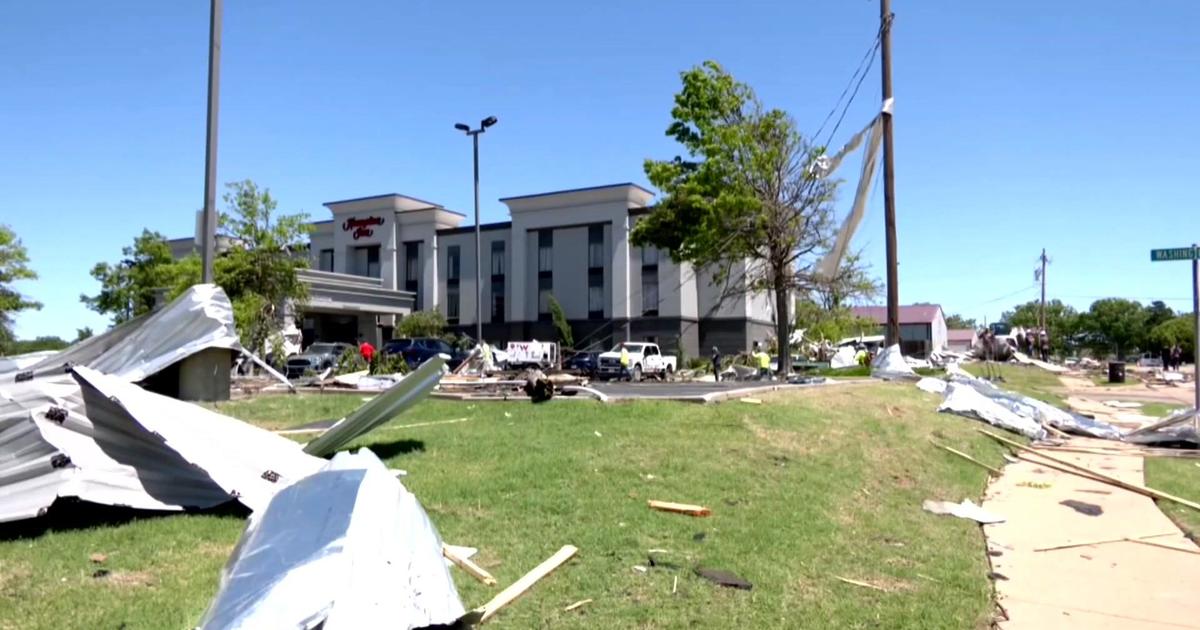Fed Clears Way For Some Banks To Boost Dividends
WASHINGTON (AP) -- The Federal Reserve on Friday cleared the way for some major banks to boost stock dividends, prompting announcements from JPMorgan Chase, Wells Fargo and U.S. Bancorp.
JPMorgan Chase said it is increasing its dividend to 25 cents a share from 5 cents, Wells Fargo hiked its dividend to 12 cents a share from 5 cents and U.S. Bancorp boosted its dividend.
JPMorgan also authorized a $15 billion stock repurchase program with up to $8 billion approved for this year. U.S. Bancorp authorized a buyback program of up to 50 million shares.
Banks can increase dividends if they pass "stress tests" showing that they can weather another recession.
The Fed said it had completed those tests and expects that "some firms" will increase or resume dividend payments, buy back shares or repay government capital. The Fed isn't revealing either the names or number of banks that are expected to do so.
All of the 19 largest banks overseen by the Fed were subject to the examinations. Those banks include Citigroup Inc., Bank of America Corp., JPMorgan Chase & Co. and Wells Fargo & Co.
During the financial crisis banks slashed dividends to build capital cushions to absorb losses. Regulators barred banks from boosting dividends without obtaining approval.
By increasing payments, banks may be able to attract new investors, which should lead to more lending to people and businesses, the Fed said.
The Fed said it is taking a "measured and conservative approach" on banks' dividend requests. The Fed said it expects banks to limit dividends to 30 percent or less of their anticipated earnings.
A green light from the Fed on bigger dividend payments also would signal that banks are in better financial shape.
Federal regulators have been working closely with banks to strengthen operations and get lending flowing more normally again after the worst crisis since the 1930s.
The Fed said Friday that the 19 banks had increased common equity by more than $300 billion from the end of 2008 to the end of 2010. Overall, both the banks' amount and mix of capital have improved since the financial crisis, the Fed concluded in a paper released Friday.
Under the stress tests, banks had to show that they could weather another recession. That was defined as a scenario in which U.S. economic activity would shrink 1.5 percent this year and unemployment would spike to 11 percent. In addition, stocks and home prices would fall sharply.
Across the Atlantic, European regulators pledged to make their banks' stress tests this year more difficult than last year's.
The Fed didn't publicly release the results of this latest round of stress tests. It is keeping the information confidential, which is standard practice in bank exams.
However, the Fed deviated from that practice when it conducted its first stress tests in 2009. The country was reeling from a severe recession and financial crisis. Those results were made public in a move to boost confidence in the fragile U.S. banking system.
At the time, the government had launched a taxpayer-funded bailout of banks. The fear was that by withholding information on banks' health, investors' and the American public's shaky confidence would be further hurt, worsening the recession.
(© Copyright 2011 The Associated Press. All Rights Reserved. This material may not be published, broadcast, rewritten or redistributed.)



